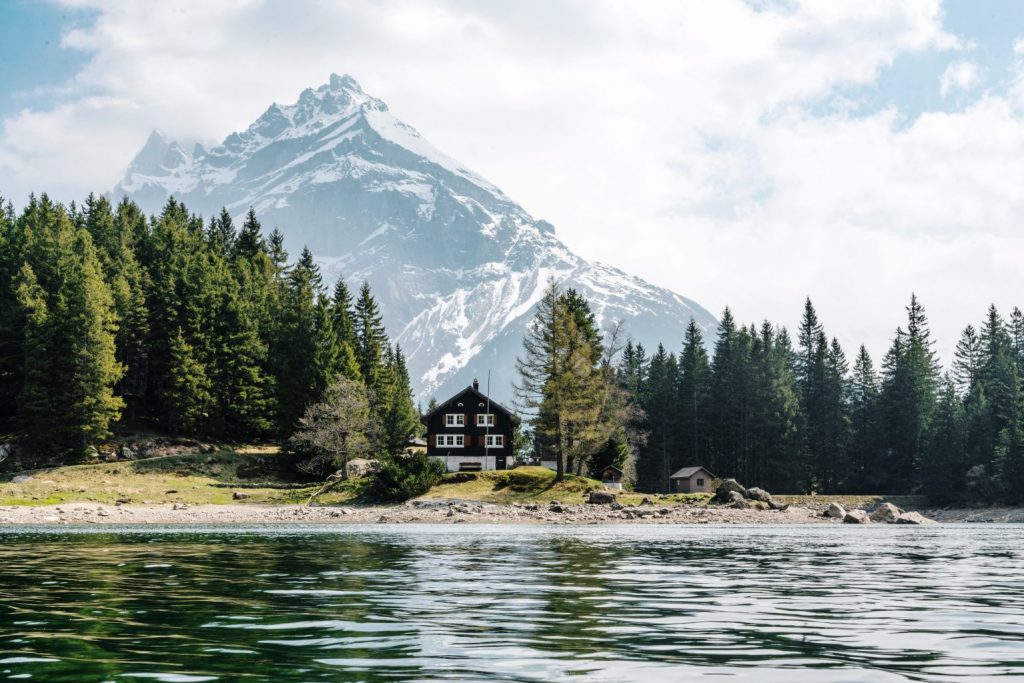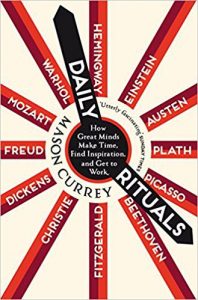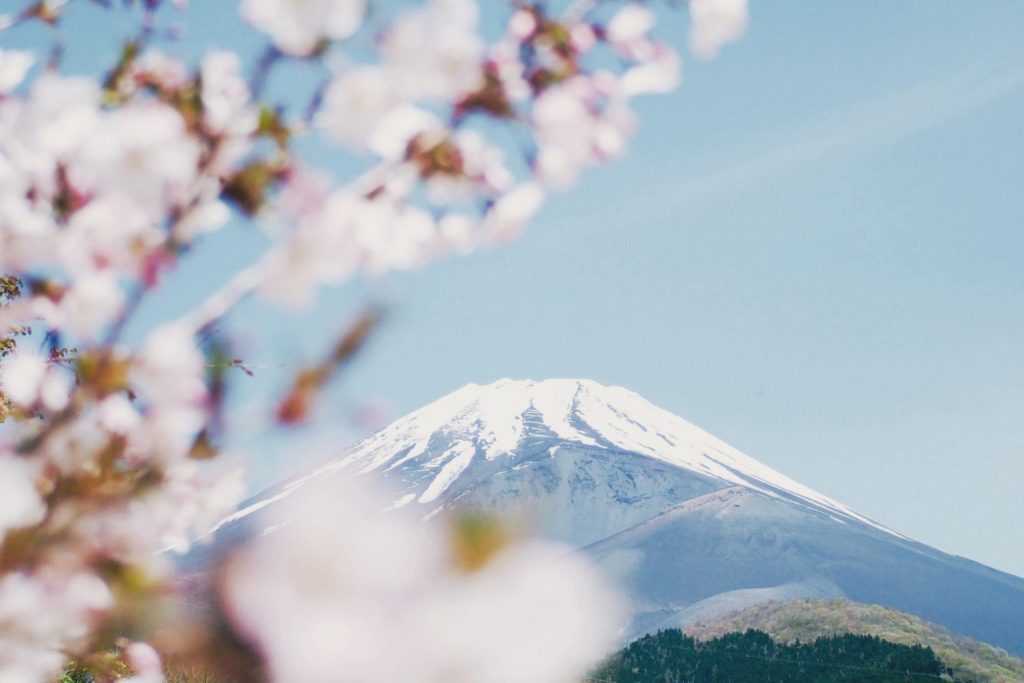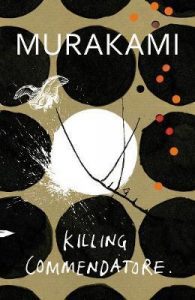Finding the courage to start afresh with Murakami in Killing Commendatore

When I talk to people about Haruki Murakami, I tend to divide his work (perhaps unfairly) into two broad areas: 1. escaping to the mountains to drink coffee, make pasta, and listen to jazz; and 2. heading into the underworld to meet talking cats, magical beauties, and all manner of untold mysteries.
Although the weirdness and imagination of the second category makes it Murakami, I have a major weakness for his details of mountain hideouts, arguably mundane routines, and getting away from it all.
When I pick up a Murakami novel and the main character is heading to Hokkaido or another remote area of Japan, my heart leaps.
The start of Killing Commendatore, his latest novel to be translated into English, nails a perfect Murakami formula for me.
I don’t mind if it’s predictable. Nor do I really mind if it’s been done in several other Murakami books already. I still love reading it.
We dive straight into the world of the main character: an unnamed 36-year-old portrait artist whose wife has just unexpectedly ended their marriage. He chooses to be the one to leave the house, taking a few belongings and hopping in his car for a month or so of road tripping around Japan. Then, when having a stiff neck and camping on frozen ground become boring, he moves to the mountains; to the house of his friend’s father, Tomohiko Amada.
Amada, too, is an artist – or was, before facing dementia. He was one of the best Japanese style painters, we hear. In typical Murakami form, Tomohiko Amada’s past has several unconnected dots: he lived in Vienna during the war while studying Western art, but took a sudden detour when he returned and switched to the Japanese style. From then on, Amada “painted exactly what he wanted to paint” and “his brush seemed to freely leap across the canvas.” As his son says,
“Sometimes people go through huge transformations. […] They obliterate the style they’ve worked in, and out of the ruins they rise up again.”
And when that time comes, you have to act fast: “you have to grab it by the tail. Grab it hard, and never let go. There are some people who are able to, and others who can’t. Tomohiko Amada was one who could.”
Living in his house, Murakami’s protagonist finds himself thinking about Amada and his life as an artist:
“When the weather was good I liked to lie on a lounge chair out on the terrace after dinner and enjoy a glass of white wine. And as I gazed at the twinkling stars to the south, I would consider what lessons I might draw from Tomohiko Amada’s life.”
I picked up Killing Commendatore at just the right time.
In my own life, I have a bit of Murakami’s portrait artist in me right now. I’m living in my house by the mountains in Switzerland. I’m doing a little freelance consulting work, but spending the bulk of my time working on my own projects. It’s a strange situation, but I’m finding some creative flow. I think if I keep on channelling that, things will work out.
As Murakami’s protagonist says:
“I wanted to paint again. Not commissioned portraits, or rough sketches, but paintings I could really concentrate on, and undertake for myself. Whether this would work out or not I had no clue, but it was time to take the first step”.
Of course, this attracts the inevitable question from others: “Then how are you going to make a living?” Murakami’s character replies in the same way that most of us do – by cutting back on expenses and getting by on savings (and hoping that something works out).
To be asked that question means you’re probably doing something that takes guts though. And maybe it won’t work out. But there’s a boldness in it.
For Murakami’s character, age also had something to do with it: “I felt that by the time I turned forty, I’d have to secure my own unique artistic world. Forty was a sort of watershed for people. Once you get past that age, you can’t keep going on as you were before.”

Creating the conditions for art
When our unnamed protagonist moves into Amada’s mountaintop home, he finds a perfect artist’s retreat:
“A compact stereo set was on a built-in shelf so he could listen to opera while painting. The wind blowing in the open window carried with it the fresh fragrance of trees. This was, without doubt, a space for an artist to focus on his work. Everything you might need was here, and not one thing extra.”
He also has the time and freedom to create whatever he wants to: “No need any longer to paint things I didn’t want to in order to earn a living, no more obligation to prepare dinner for my wife when she came home. (Not that I minded making dinner, though that didn’t change the fact that it was an obligation.)”
 Some sections about the artist’s routine could be pulled from Murakami’s own memoir on writing and running, What I Talk About When I Talk About Running
Some sections about the artist’s routine could be pulled from Murakami’s own memoir on writing and running, What I Talk About When I Talk About Running. But this quote from Killing Commendatore also reminded me of Mason Currey’s lovely anthology of creative routines, Daily Rituals: How Artists Works
:
“I would get up early in the morning (I generally always wake before six), brew coffee in the kitchen, and then, mug in hand, pad off to the studio and sit on the stool in front of the canvas. And focus my feelings. Listen closely to the echoes in my heart, trying to grasp the image of something that had to be there.”

The conditions are there, but for Murakami’s artist, there are bigger creative blocks at work.
“You can have all the desire and ache inside you want, but what you really need is a concrete starting point.”
It’s not all plain sailing for Murakami’s artist. I love what this teaches us about creating – sometimes it works out, but sometimes the stars aren’t aligned. And often we just need to get time back on our side, which is certainly easier said than done. If you can make it happen though, I salute you.
. . . .
“The courage not to fear a change in one’s lifestyle, the importance of having time on your side. And above all, discovering your own uniquely creative style and themes. Not an easy thing, of course. Though if you make a living creating things, it’s something you have to accomplish no matter what. If possible, before you turn forty …”
. . . .
Killing Commendatore was published in English this month (translation by Philip Gabriel and Ted Goossen). You can get your copy here.
Enjoy more from me
- Retreat into my new book, Your Life in Bloom: Finding Your Path and Your Courage, Grounded in the Wisdom of Nature.
- I'm also the author of Mountain Song: A Journey to Finding Quiet in the Swiss Alps, a book about my time living alone by the mountains.
- If you love books, are feeling a little lost right now, and would love some gentle comfort and guidance, join The Sanctuary, my seven-day course to rebalance your life.


